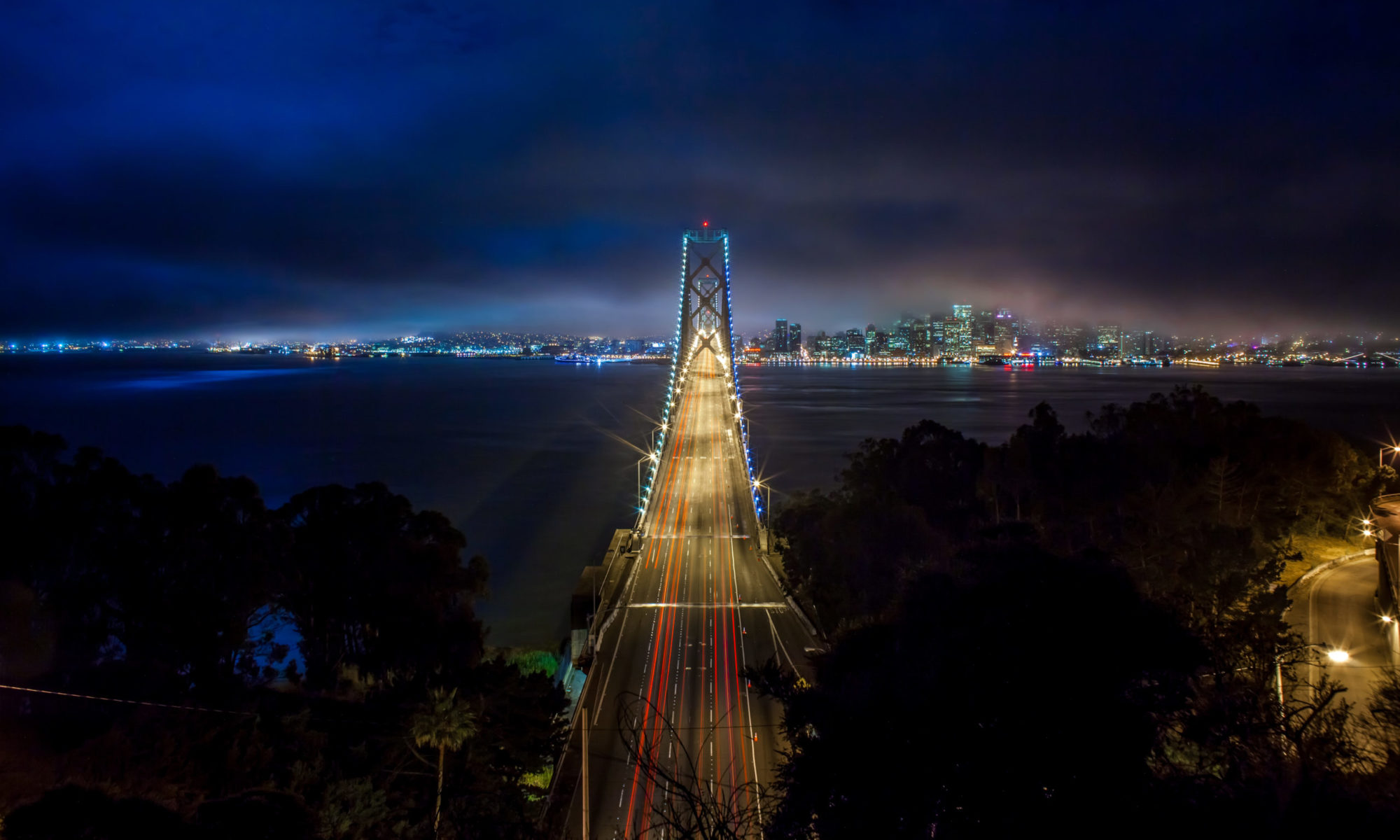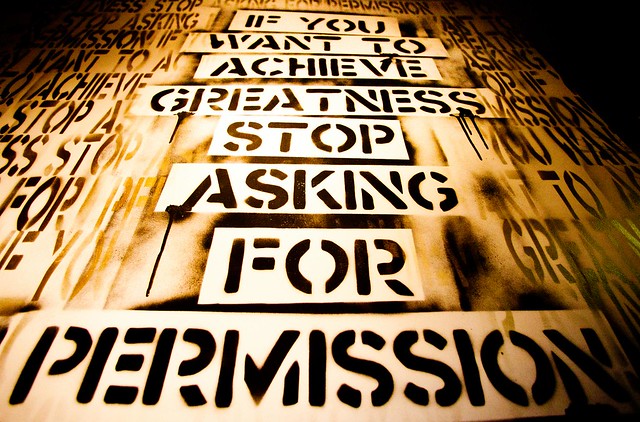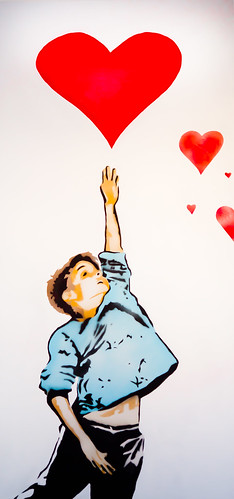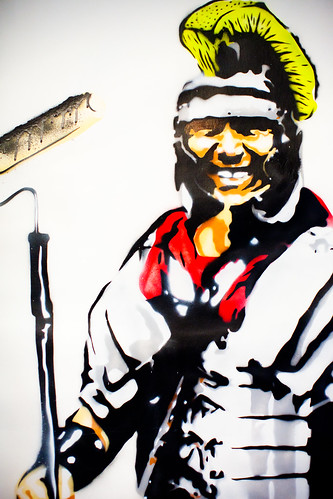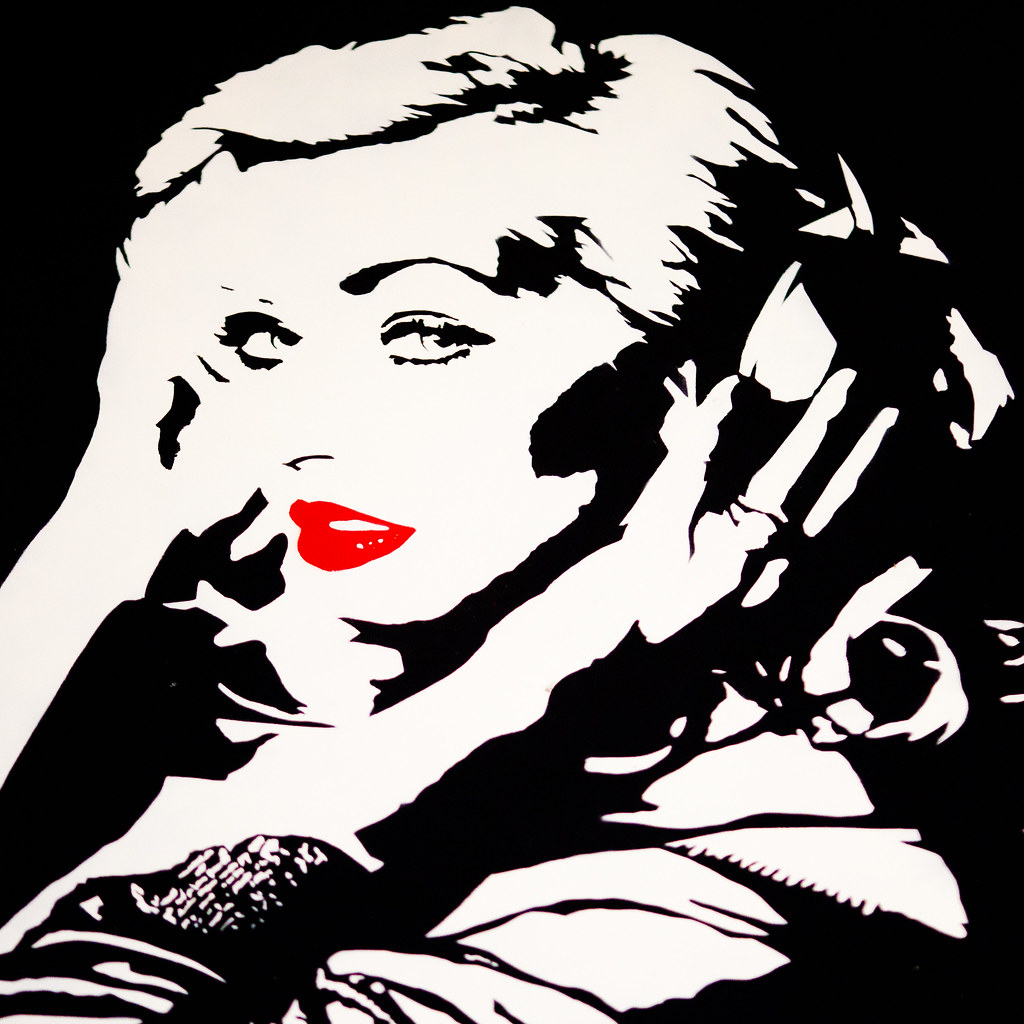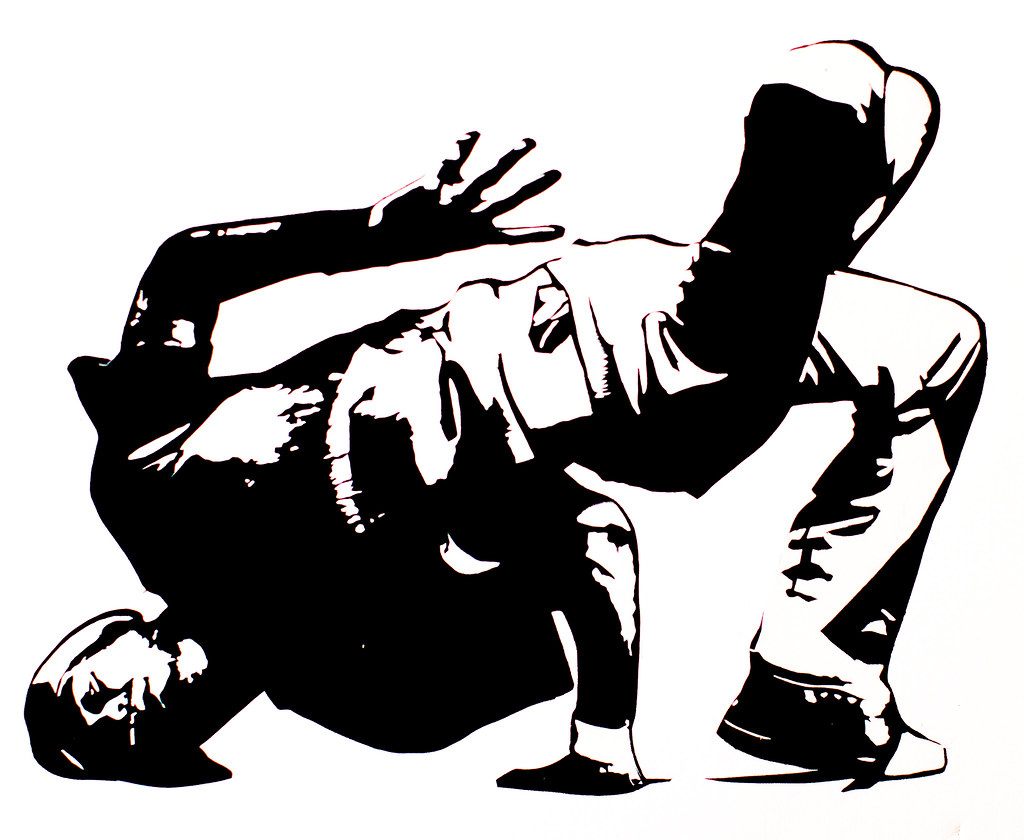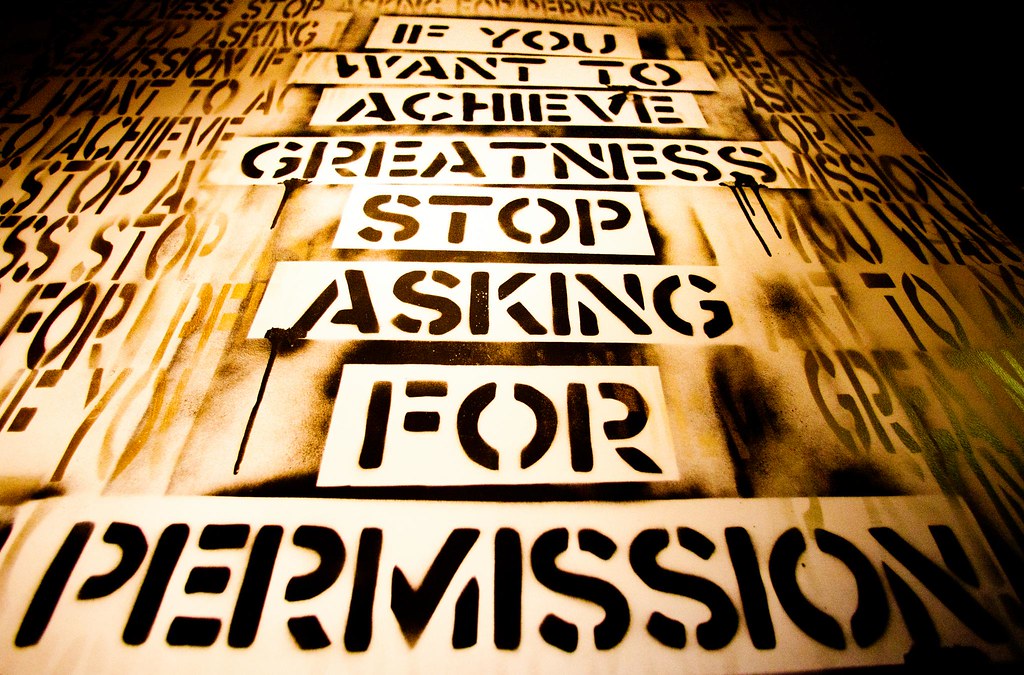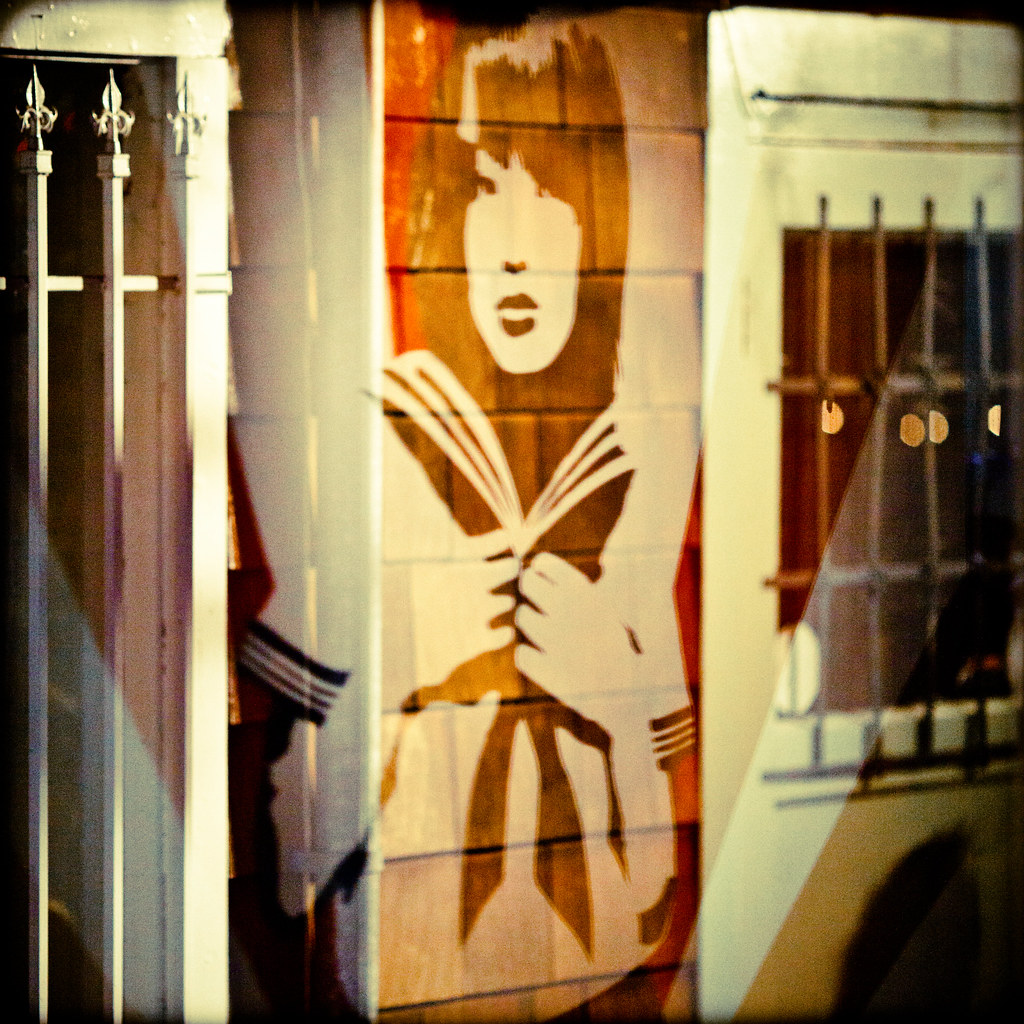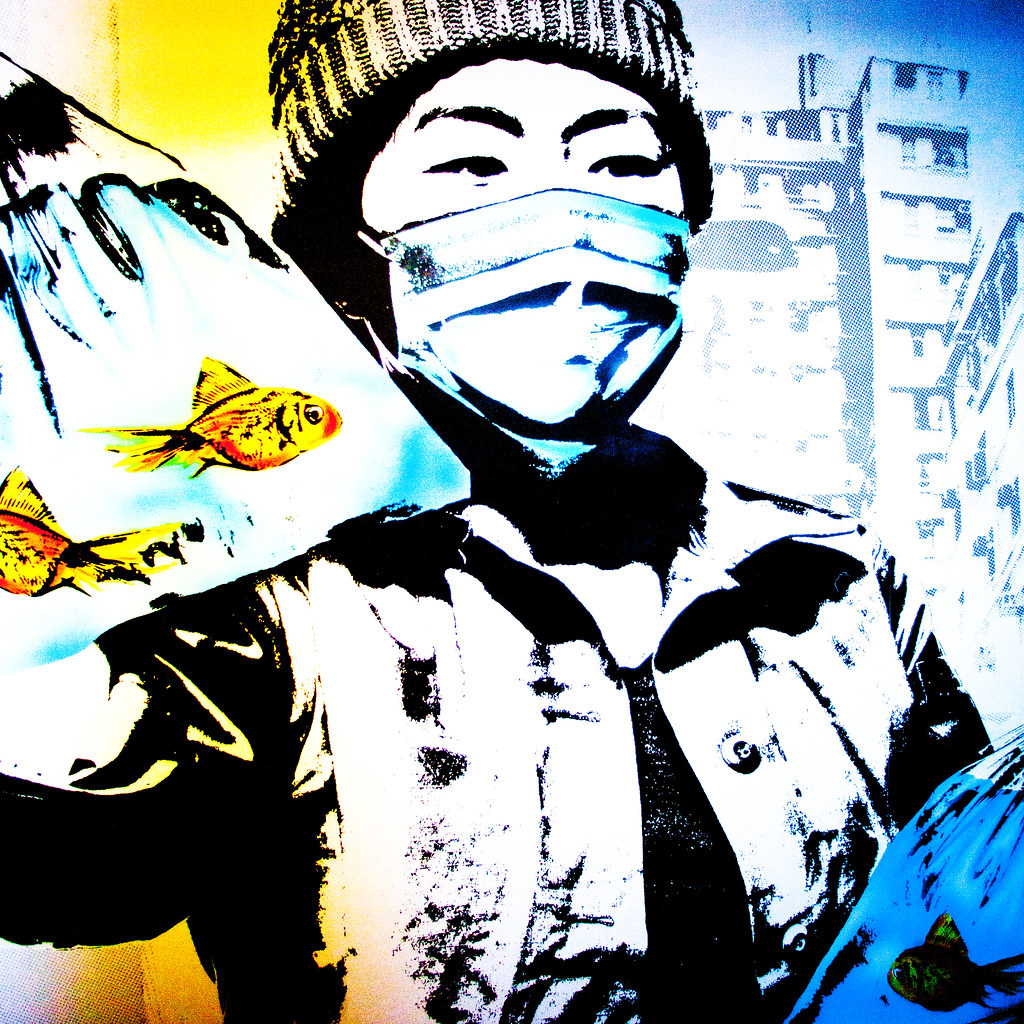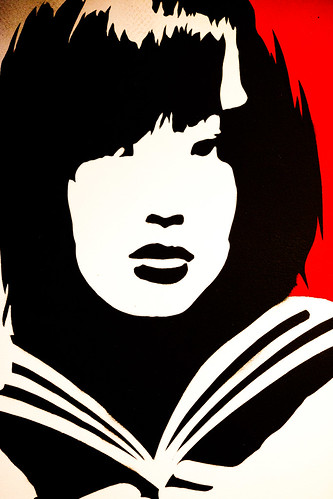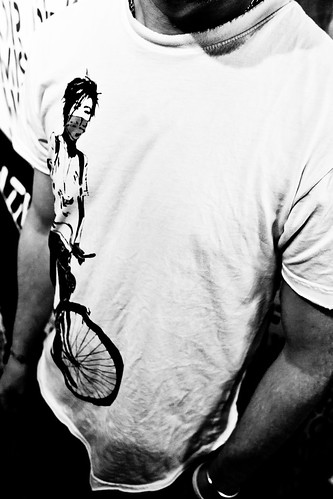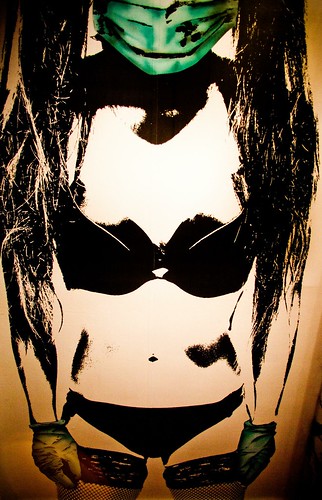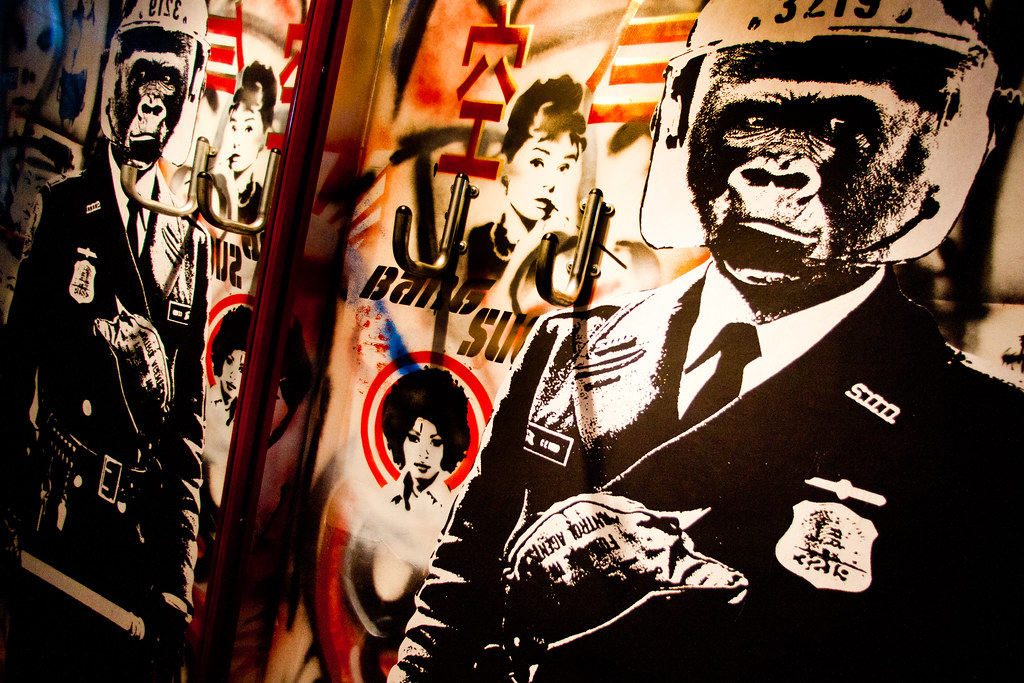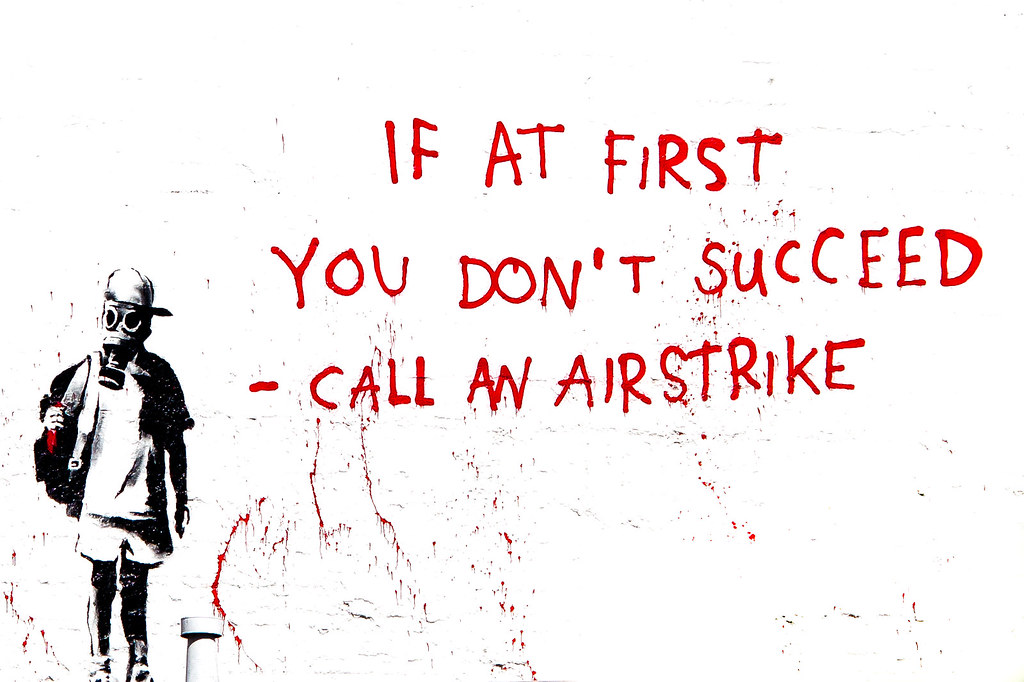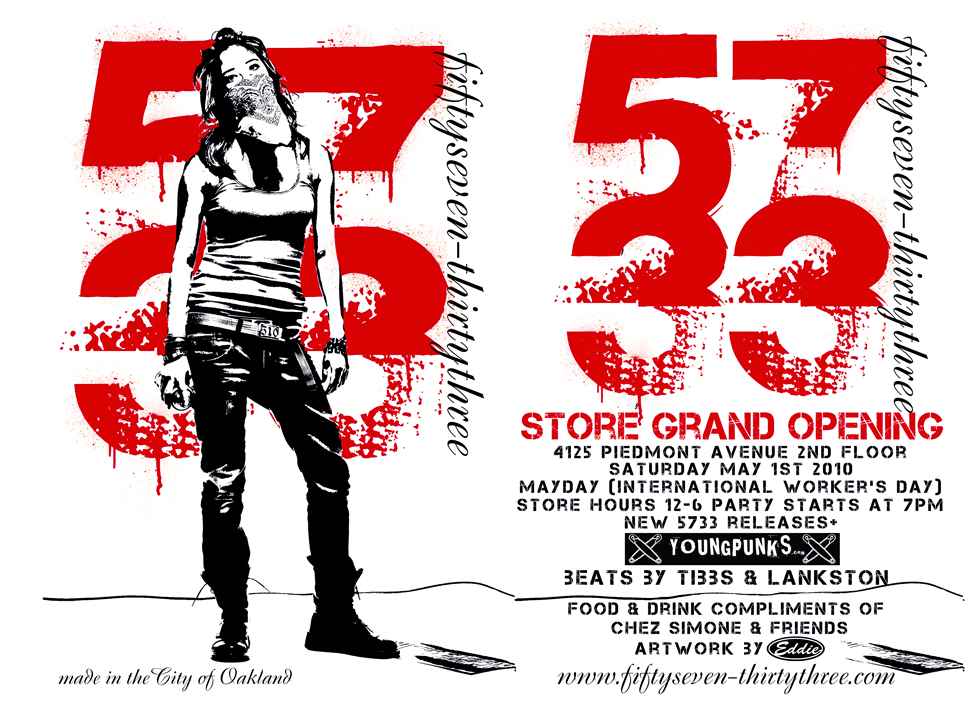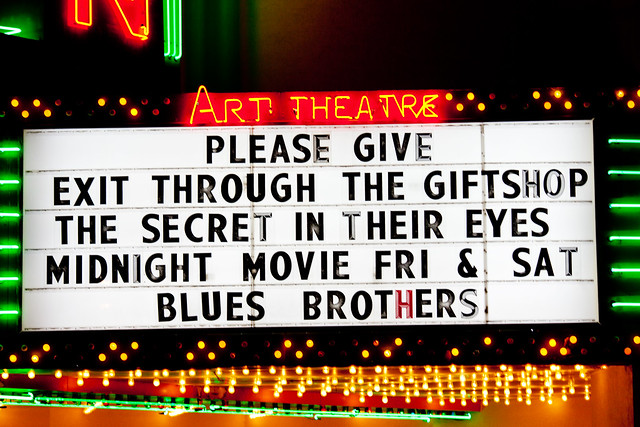
“Good artists copy, great artists steal” — Thomas Hawk
Alot of people wondered if the graffiti artist known as Thierry Guetta (aka Mr. Brainwash) in the Banksy Oscar nominated documentary film “Exit Through the Gift Shop” was one huge elaborate hoax by Banksy. If you haven’t seen the film yet, do yourself a favor and go check it out. It’s far cheaper than going to art school and you learn twice as much. If you have Netflix, you can see it on “Watch Now” here.
A big part of the film chronicles the rise and fall (just kidding, but he did fall and break his leg in the film) of artist Thierry Guetta, who started out documenting much of the earliest street art scene, including big roles played by Los Angeles artist Shepard Fairey and Banksy himself. In the movie Guetta plays an affable, over the top, unlikely artist with a larger than life personality that many have suggested was too fake to be true.
With Banksy being no stranger to huge massive hoaxes, it seemed possible that the whole success of Guetta was one massive prank.
But news is out yesterday that Guetta just lost a lawsuit as himself in Federal Court to photographer Glen E. Friedman over the appropriation of one of Friedman’s most famous and iconic photographs, an early photograph of rap act RUN DMC.
I’m not sure how much money Freidman successfully sued Thierry for. Does anyone know how much he got? [Ed. update: From William Beam in the comments below: “The case was ruled on summary judgement in favor of the photographer. Next, theyíll proceed to the damages phase, so the amount hasnít yet been determined.”]
What is interesting though, is that this business of photographers successfully suing artists who appropriate their work seems to be becoming something of a trend. Some other recent high profile cases involving artist image appropriation where artists have lost or settled include artist Richard Prince’s recent loss for infringing on photographer Patrick Cariou’s work, and Shepard Fairey’s own recent settlement with the Associated Press over his very famous and iconic image made of President Barack Obama.
Personally this trend worries me a little bit. I’m all for photographers defending the rights of their images, but image appropriation and new transformative works based on culturally iconic imagery has been a place where many great works of art have come out of in the past. You have to wonder if artists like Andy Warhol and Roy Lichtenstein (who also appropriated work that did not belong to them) would also end up being sued if they were still around today. They probably would be.
In another interesting legal mindbender, in 2010 a claim was made by Lichtenstein’s estate against a band that was using an image that Lichtenstein HIMSELF had stolen.
Of course photographer Glen E. Friedman and artist Shepard Fairey (who featured large in the Banksy film) have collaborated on works in the past and obviously know each other — it would surprise me if Friedman and Guetta didn’t at least know each other through Fairey. Which makes you wonder if perhaps the Court Document itself isn’t just one huge fabrication, prank and stunt.
I did google the supposed judge who signed it, Dean D. Pregerson, and he does seem to be an actual Federal Judge. And the case does seem to actually have gone through court. I doubt a Federal Judge would be in on a Banksy prank too, but hell, you never know with Banksy. It’s probably a real case, but wouldn’t it be grand if it were a huge massive prank.
By the way, if you aren’t familiar with Freidman’s photography, it’s well worth a look. I own his book Fuck You Heros (where the original Run DMC image was published) and it’s a highly recommend documentary style book of the punk rock and skateboarding scene in Los Angeles during the 80s.
(where the original Run DMC image was published) and it’s a highly recommend documentary style book of the punk rock and skateboarding scene in Los Angeles during the 80s.
I’ve also spent some time documenting some of both Banksy and Fairey’s work — you can see those sets of mine here:
Banksy
Shepard Fairey
Thanks, HotBox!
